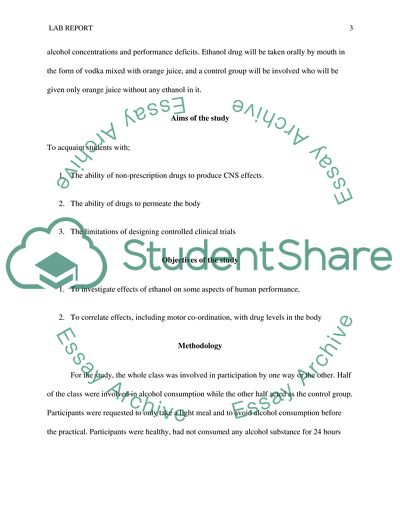Cite this document
(Ethanol lab report Example | Topics and Well Written Essays - 1250 words, n.d.)
Ethanol lab report Example | Topics and Well Written Essays - 1250 words. https://studentshare.org/medical-science/1859645-effects-of-ethanol-on-performance
Ethanol lab report Example | Topics and Well Written Essays - 1250 words. https://studentshare.org/medical-science/1859645-effects-of-ethanol-on-performance
(Ethanol Lab Report Example | Topics and Well Written Essays - 1250 Words)
Ethanol Lab Report Example | Topics and Well Written Essays - 1250 Words. https://studentshare.org/medical-science/1859645-effects-of-ethanol-on-performance.
Ethanol Lab Report Example | Topics and Well Written Essays - 1250 Words. https://studentshare.org/medical-science/1859645-effects-of-ethanol-on-performance.
“Ethanol Lab Report Example | Topics and Well Written Essays - 1250 Words”. https://studentshare.org/medical-science/1859645-effects-of-ethanol-on-performance.


